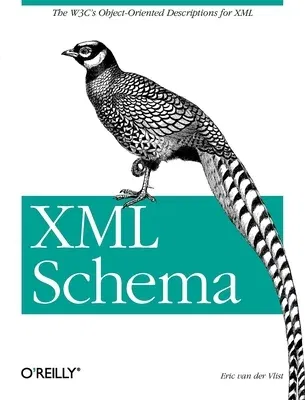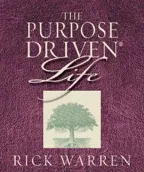If you need to create or use formal descriptions of XML vocabularies,
the W3C's XML Schema offers a powerful set of tools for defining
acceptable document structures and content. An alternative to DTDs as
the way to describe and validate data in an XML environment, XML Schema
enables developers to create precise descriptions with a richer set of
datatypes?such as booleans, numbers, currencies, dates and times?that
are essential for today's applications.Schemas are powerful, but that
power comes with substantial complexity. This concise book explains the
ins and outs of XML Schema, including design choices, best practices,
and limitations. Particularly valuable are discussions of how the type
structures fit with existing database and object-oriented program
contexts. With XML Schema, you can define acceptable content models and
annotate those models with additional type information, making them more
readily bound to programs and objects. Schemas combine the easy
interchange of text-based XML with the more stringent requirements of
data exchange, and make it easier to validate documents based on
namespaces.You?ll find plenty of examples in this book that demonstrate
the details necessary for precise vocabulary definitions. Topics
include:
In addition to the explanatory content, XML Schemaprovides a complete
reference to all parts of both the XML Schema Structures and XML Schema
Datatypes specifications, as well as a glossary. Appendices explore the
relationships between XML Schema and other tools for describing document
structures, including DTDs, RELAX NG, and Schematron, as well as work in
progress at the W3C to more tightly integrate XML Schema with existing
specifications.No matter how you intend to use XML Schema - for data
structures or document structures, for standalone documents or part of
SOAP transactions, for documentation, validation, or data binding ? all
the foundations you need are outlined in XML Schema.













